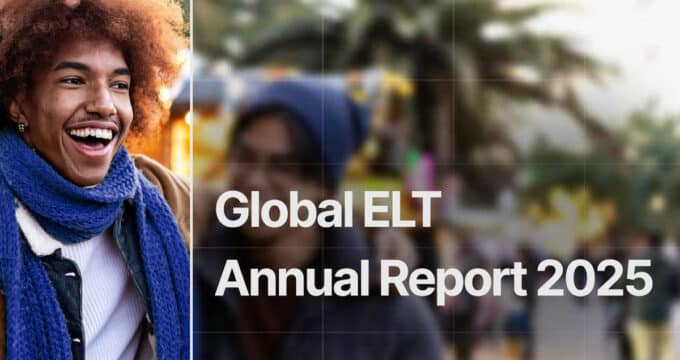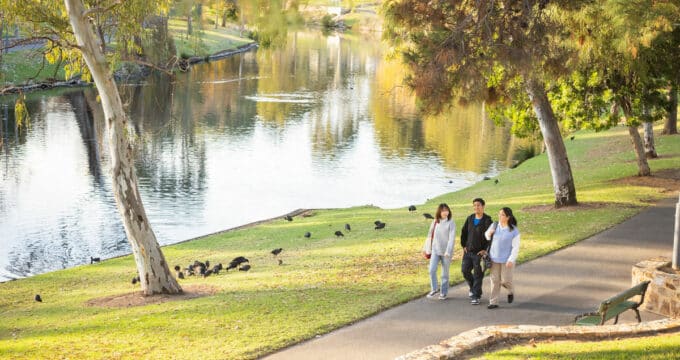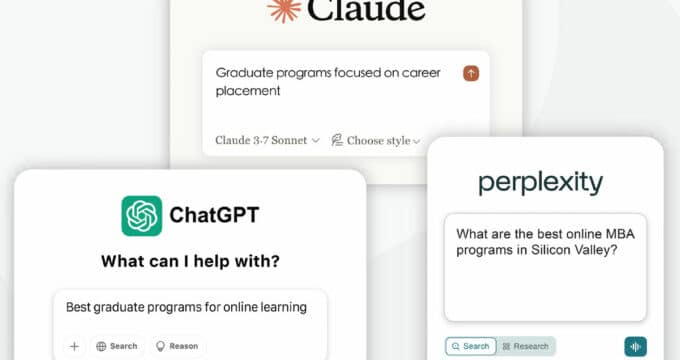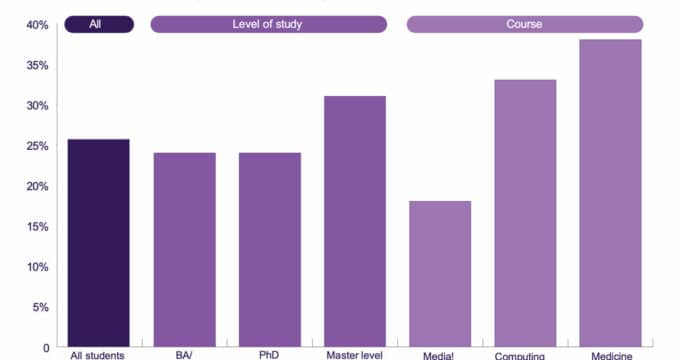Virtual reality takes blended language learning to the next level
- A unique new software platform is bringing virtual reality to the ELT sector.
- VR immerses students in realistic settings where they are interacting with other participants, just as they would in real life. It has proven to be a powerful tool for boosting motivation and building confidence in language learners, whether classes are given in-person or online.
This special feature is sponsored by Immerse.
Have you ever tried virtual reality? You know, where you slip on a headset and enter a 3D world to interact with situations, settings, and other participants?
VR has graduated from its gaming roots and is now finding a wide range of applications across a number of industries. Some of the most impressive examples have been in training, where VR has been shown to boost learner confidence and speed knowledge acquisition.
And so perhaps it is not surprising that VR has now come to language learning as well. Immerse is a unique virtual reality software platform for synchronous teaching and learning in the ELT sector. It is, as Chief Revenue Officer Christian Rowe puts it, "A new medium for language education."
VR is also arguably a true hybrid of in-person and online learning, in that it allows students and teachers to interact with each other in a digital space. In either a traditional classroom setting or an online class, students might be asked to imagine themselves in a coffee shop or to pretend they are competing in a debate. But in a VR environment, they can actually interact in a cafe – albeit a digital one – or they can actually participate in a debate in a fully immersive 3D debate chamber. And they can have that experience regardless of how their class is delivered otherwise.
In that sense, VR can blend into any language class whenever the focus shifts to practice and language production. "The life of an ELT instructor has become extremely difficult," says Head of Efficacy & Learning Sara Davila. "Teachers are moving from in-person classes to online, or even leading hybrid classes with some students on-site and some following remotely. Our job is to help them more easily do their job by providing meaningful practice opportunities for students, and by creating space for teachers to better observe and assess their students."
VR immerses students in realistic settings where they are interacting with other participants, just as they would in real life. It has proven to be a powerful tool for boosting motivation for adult learners and engagement for younger students. And that emphasis on developing fluency and confidence is a critical factor in student progression. "Right now, too much time is spent on [teacher] presentation, and too little time on communicative group and pair work because of the challenges and limitations with conventional online video meeting apps," adds Ms Davila.
Immerse is putting additional options in the hands of teachers this year with its newly launched Planning Hub, a lesson plan editor that allows teachers to customise text and interactive objects in the VR space with the click of a button on their desktop computer. "Our goal is to empower teachers, instructional designers, and non-technical people to easily create within this new medium for education,” said Jacob Furnari, Chief Product Officer. “The Planning Hub feature enables educators to bring their curriculum to life in VR for their students.”
All of this is happening as some of the hurdles that have slowed the mainstream adoption of VR are falling away. New (and much more affordable) headsets, notably the Oculus Quest 2 (US$299), have been purchased by millions of people around the world in just a short span of a few months since its release, and Immerse supports its client-schools with highly effective training workshops that can get new teachers and curriculum designers up and running on the desktop application in just a few hours. “We’re not taking a general-purpose tech tool and trying to use it for language learning,” adds Mr Rowe. “This is a platform made for teachers by teachers.”
















